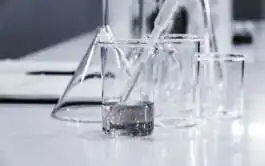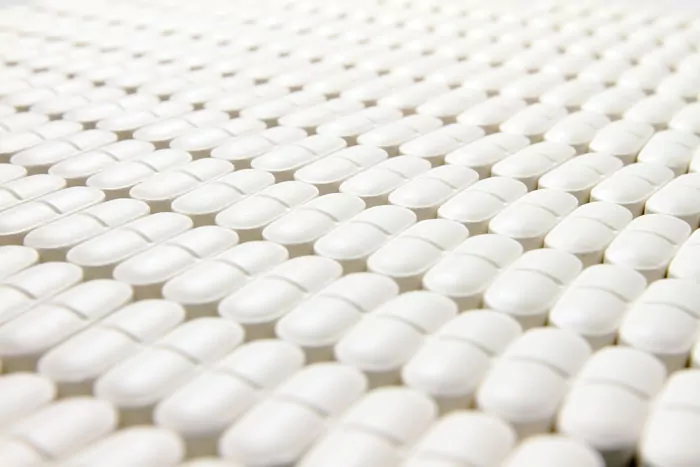The Good Manufacturing Practices Questions and Answers from the Canadian Health Authority has listed the question “Does every individual container of a raw material need to be sampled for identification (ID) purposes regardless of the number of containers of the same lot available or are composite samples acceptable provided they are obtained from a maximum of 10 containers” Although strictly speaking, these requirements only apply for the Canadian market, nonetheless these regulations may be viewed as recommendations to apply worldwide. The Canadian Heath Authority has answered it as below: For the manufacture of human medicines, each container of a lot of a starting material must be tested for identity of contents. Therefore, each container of all starting materials, including active pharmaceutical ingredients and excipients, must be opened and sampled. Once opened and sampled, two options are possible:
- Each sample is tested for identity using a discriminatory method. It is not mandatory to perform all ID tests listed in the specification but the identity test used must be specific.
- If the raw material can be tested for potency, the second option is to mix and pool individual samples taken from each container in a composite sample but without exceeding 10 individual samples in a composite. A specific identity test must be performed on each composite sample along with a potency test to assure the mass balance of the composite.
The questions and answers works through the practical example of sampling 72 containers of the same batch of starting material as follows: If 72 containers of the same lot of a raw material are received, each individual container must be opened and a sample taken from each container. Following this, the first option is to test each sample for identity (which implies 72 ID tests). The second option is to combine equal quantities of each individual sample in a way that the number of samples in any composite does not exceed 10 and test these composites for identity and potency. The example provided suggests combining these samples into 8 composites of 9 individual samples. For each composite sample, a potency result of c88.8 % would indicate that one of the containers does not contain the right material as each individual sample contributes 1/9 or 11.11% of the total mass of the composite (similarly a result of c77.7 % would indicate two containers containing the incorrect material etc.). In such cases, each container selected for this particular composite would have to be identity tested to pinpoint the one (or more) containers containing the incorrect material. The paper does caution the use of a composite sample to establish the identity of a raw material when the potency limits are too wide or, similarly, when the precision of the assay method is not sufficient to properly establish the mass balance.
If you would like advice or support in relation to sampling strategies, please connect with us +353 1 846 4742 or contactirl@pharmalex.com








